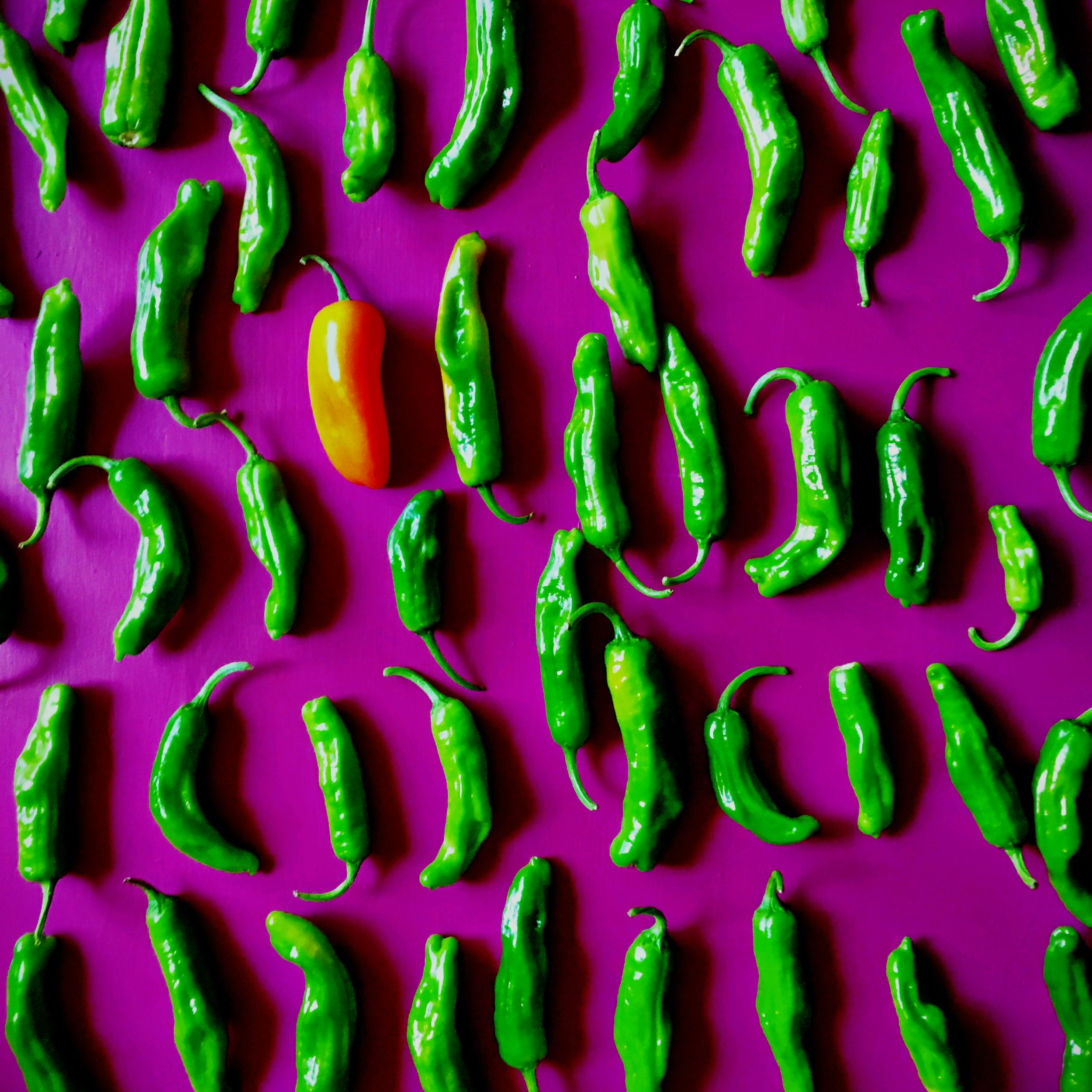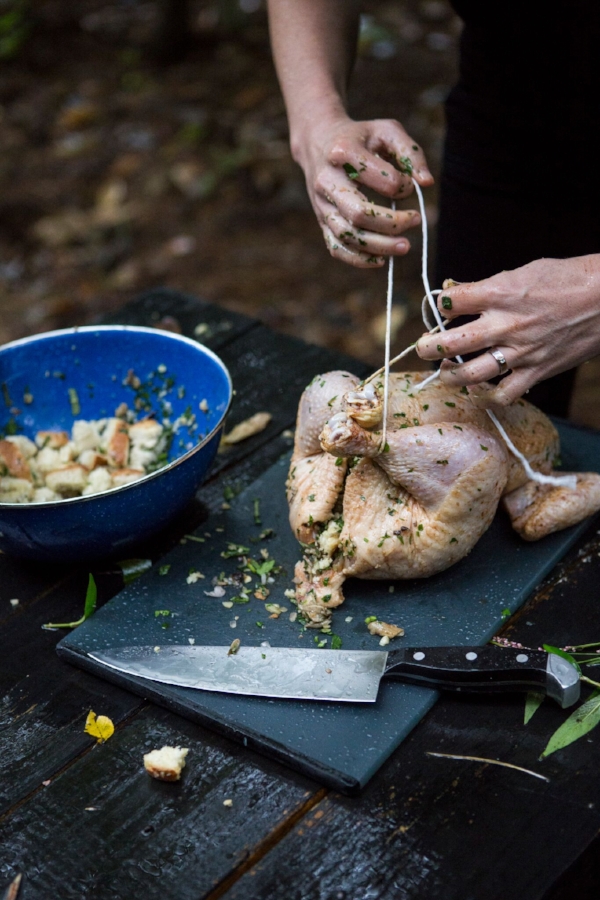7 Simple Tips to Elevate Your Food Photography
/(And yes, your smart phone is perfectly fine!)
An illustration of a window-lit shot, with soft natural light. Photos by Linda Wang.
By Linda Wang, special to Edible DC
As you scroll through your Instagram feed, you can’t help but drool over all the food photos (ok, food porn) that looks perfectly lit, perfectly styled and amazingly appetizing.
Then you flip back to your own feed. Cringe. Remembering your recent meals as being delicious and beautiful affairs, but your own photos are only meh. You think to yourself, “How in the world do other people make their food look so good?” As you close your Instagram account, you reach for a doughnut (they are really popular on Instagram!) and stuff your sorrows.
Sound familiar? The good news is that you can take food photos that make your followers drool. And you don’t even need a fancy camera and studio lighting to get that perfect shot. Your smart phone plus natural light are your two main ingredients for success.
After that, lots of practice needed. Here are a few simple tips to help get you started:
Look for the light. One of the biggest mistakes budding food photographers make in shooting food is that they see the food, but they don’t see the light. Train your eye to see how light and shadows shape the food and give it texture. I recommend you always try to shoot next to a window, because you will get soft directional light.
Look for interesting patterns. There’s something about a pattern that’s particularly pleasing. Even more visually gripping is when you interrupt a pattern’s continuity. Look for interesting food patterns wherever you are, from the farmer’s market, to catered events, to what’s on your plate, and capture the continuity (or discontinuity). If you love the image you’ve created, chances are good that your followers will, too.
Seek out colors that pop. Nothing draws the eye like a splash of color. Take advantage of food’s natural beauty, look for colors that stand out and will make your followers stop scrolling and indulge their senses. This is also where you can showcase fancy food styling from great restaurant plating, including use of unusual garnishes.
Simplify your photos; make an impact. Less is more, and that’s often the case in food photography. If you find some beautiful produce or bake a glorious cake, let it stand on its own. Your audience shouldn’t have to guess what you’re photographing. Give them a taste, let them savor the moment, and leave the rest up to their imagination.
Start a collection of props and backgrounds. In food photography, props and backgrounds can be your best friends. Look for interesting props at antique shops, discount stores like HomeGoods and TJ Maxx, souvenir shops where you’re vacationing, and other places and start building your collection. Also look for backgrounds that fit your aesthetic. Stores like Home Depot and Lowes sell large floor tiles that can make for great backgrounds. You can even get vinyl floor tiles, which are light and easy to carry around. And if you’re feeling really ambitious, you can get a wooden board and paint it yourself.
Get creative. Rules are made to be broken. Try something different, take a chance, and post a photo you think might be too avante garde, and see what happens. You just might be pleasantly surprised at the reaction you get from your audience. And be prepared if they want more.
Before Editing…
…And after. notice how much better the second picture looks. brighter, colors more intense - a more appealing shot overall.
Edit your photos. Editing your photos can make a world of difference when it comes to food photography. And I’m not talking about downloading your photos and importing them into Photoshop. Smart phones have come a long way, and photo editing can be as simple as a few taps. One of my favorite smart phone editing apps is PicTapGo. The app costs $4.99 but is well worth the investment in the filters it offers. You can also crop your photos in the app. Another editing app I often use is Snapseed. I love the healing brush, which allows you to remove any stray objects in your image.
Now that you’re armed with these tips, we challenge you to practice your food porn and tag your photos with #edibledc. We want to see your work. Make us drool.
Linda Wang
Linda Wang is a DC-based magazine editor and professional wedding photographer. Originally from Chicago, Wang moved Washington, D.C., in 2001. Her father is an organic chemist, her mother is an artist, and Wang describes her photography as expressing the blend of her genes, combining creative photojournalism with clean, artistic compositions. You can find out more about her work at www.lindawangphotography.co
































